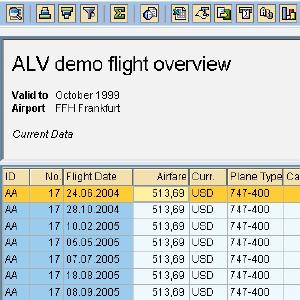Reset SAP note implementation

I remember when SAP notes had to be inserted by hand. Copy paste and pray that no mistake was made. Wild.
I actually remember a project which, for some strange obscure reason, instead of upgrading, decided to implement hundreds and hundreds of notes by hand. They printed them all and made a huge pile of paper and about 10 ABAP consultants spent the whole weekend trying to process the whole pile. We did it. But I have no idea what were the consequences and how many bugs were introduced. Many for sure.














